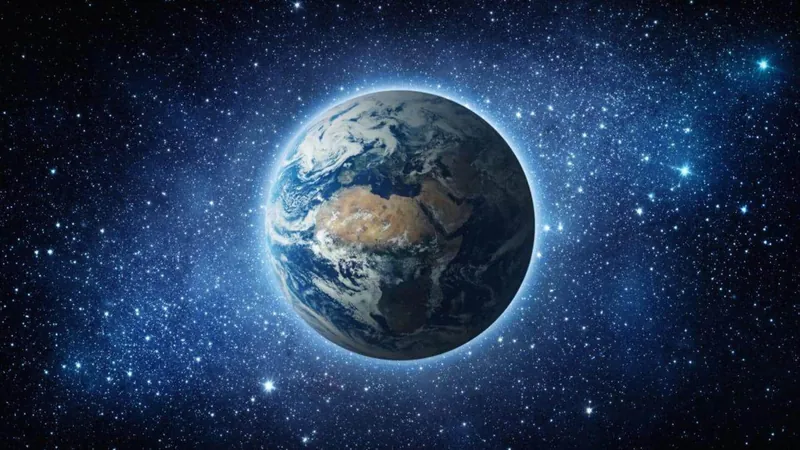
Alarming Decline of Canadian Moose: Indigenous Insights Reveal Unexpected Causes!
2024-12-04
Author: Charlotte
Introduction
The majestic moose, a key symbol of Canada's wilderness, is facing an unsettling decline in population, with figures showing a drop of 20% over the past two decades. This decline is not just an ecological concern; it deeply affects Indigenous communities and recreational hunters in Ontario, where moose play a pivotal role in cultural practices, food security, and the broader health of the ecosystem.
Research Collaboration
Researchers from the University of Guelph have embarked on a crucial investigation in collaboration with three Anishinabek First Nation communities. Their recent work, detailed in the journal People and Nature, sheds light on the multifaceted reasons behind the decreasing moose population, indicating that climate change is the predominant threat. However, insights gained through interviews with Indigenous community members have unveiled additional factors that warrant attention.
Cultural Implications
Steven Kell, the head biologist for Shawanaga First Nation, emphasizes the intertwined relationship between ecological health and cultural practices. He warns that the decline of moose could have severe repercussions not just on the environment but also on the social fabric and health of Indigenous peoples. The moose, known scientifically as Alces alces, is the second-largest land animal in North America, pivotal in the food chain and integral to maintaining the biodiversity of wetlands.
Integrating Knowledge Systems
Interviews with 66 members from the Biigtigong Nishnaabeg, Magnetawan, and Shawanaga First Nations revealed a blend of traditional ecological knowledge and modern scientific perspectives. This approach, described as “two-eyed seeing,” allowed for a comprehensive analysis of the moose population crisis. Both Indigenous narratives and scientific research converge on issues like climate change, diseases, and parasites as contributing factors. However, local hunters and elders identified additional concerns: the encroaching populations of white-tailed deer, environmental changes affecting wetlands, and shorter mating seasons driven by rising temperatures.
Observations and Concerns
For instance, Donald Michano from the Biigtigong Nishnaabeg noted a critical change in the behavior of male moose during mating season, making it evident that something was amiss. Similarly, observations of missing calves last winter raised alarms for Charles Blacksky of Shawanaga. Such local insights underscore the limitations of scientific studies that might overlook smaller-scale ecological shifts.
Opportunities for Expansion
Despite the groundbreaking nature of this study, some researchers believe it could be expanded to incorporate a wider array of data sources. Critiques suggest that leveraging broader datasets beyond Google Scholar could illuminate further dimensions of moose population dynamics, potentially revealing untapped insights from wildlife management reports and governmental agencies.
Conclusion
The increasing body of knowledge gathering at the intersection of Indigenous wisdom and scientific research opens the door for more innovative and effective conservation strategies. As the plight of the moose unfolds, the urgent question remains: What can be done to reverse these declines? The collaboration between communities and researchers may very well hold the key to the future survival of Canada’s iconic moose population.
This study not only highlights an urgent ecological crisis but also serves as a potent reminder of the value of integrating diverse knowledge systems to tackle complex environmental challenges. With Indigenous wisdom and modern science working hand-in-hand, there is hope for crafting solutions that honor both the land and its people.









 Brasil (PT)
Brasil (PT)
 Canada (EN)
Canada (EN)
 Chile (ES)
Chile (ES)
 España (ES)
España (ES)
 France (FR)
France (FR)
 Hong Kong (EN)
Hong Kong (EN)
 Italia (IT)
Italia (IT)
 日本 (JA)
日本 (JA)
 Magyarország (HU)
Magyarország (HU)
 Norge (NO)
Norge (NO)
 Polska (PL)
Polska (PL)
 Schweiz (DE)
Schweiz (DE)
 Singapore (EN)
Singapore (EN)
 Sverige (SV)
Sverige (SV)
 Suomi (FI)
Suomi (FI)
 Türkiye (TR)
Türkiye (TR)